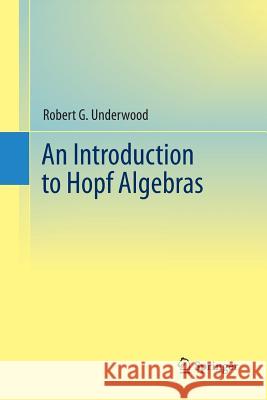An Introduction to Hopf Algebras » książka
topmenu
An Introduction to Hopf Algebras
ISBN-13: 9781489997845 / Angielski / Miękka / 2014 / 273 str.
An Introduction to Hopf Algebras
ISBN-13: 9781489997845 / Angielski / Miękka / 2014 / 273 str.
cena 201,24
(netto: 191,66 VAT: 5%)
Najniższa cena z 30 dni: 192,74
(netto: 191,66 VAT: 5%)
Najniższa cena z 30 dni: 192,74
Termin realizacji zamówienia:
ok. 22 dni roboczych
Dostawa w 2026 r.
ok. 22 dni roboczych
Dostawa w 2026 r.
Darmowa dostawa!
Only book on Hopf algebras aimed at advanced undergraduates











